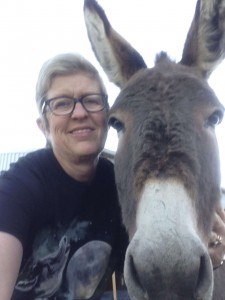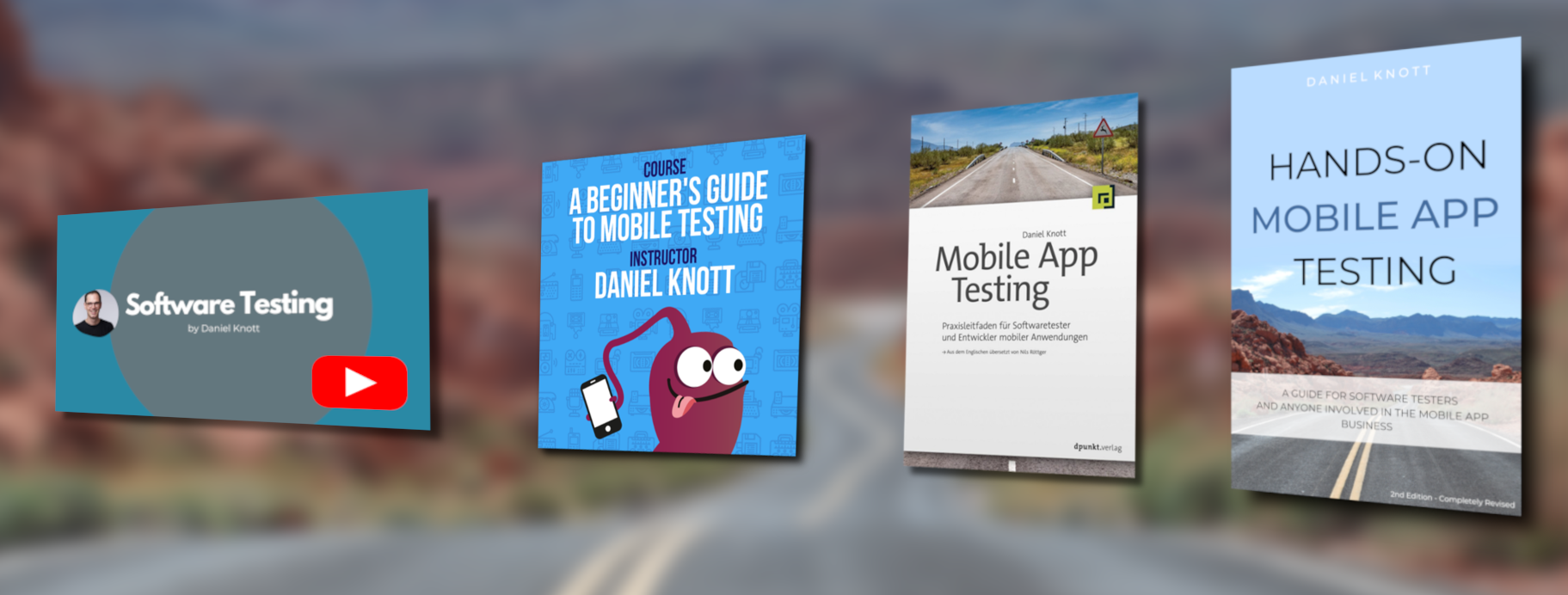 Today, I want to start a new series on my blog. This series is called “People in Testing”. The goal of this series is to interview people who are working as a software tester or working with software testers to share their current challenges, ideas, test tools they are using and many more.
Today, I want to start a new series on my blog. This series is called “People in Testing”. The goal of this series is to interview people who are working as a software tester or working with software testers to share their current challenges, ideas, test tools they are using and many more.
When I came up with the idea, I was always asking myself, what kind of testing challenges might have Lisa Crispin, Stephen Janaway or other software testers. While visiting conferences I was able to talk to many people from the software testing industry and I exchanged with them on current challenges and problems. The discussions and insights I had were very interesting and pushed me to introduce this new series. In the next upcoming weeks, there will be more interviews with software testers from around the world and from different kind of industries.
I hope you enjoy the first interview with Lisa Crispin one of the most influential agile testing expert and the co-author of the books Agile Testing and More Agile Testing.
Daniel: Lisa, what is currently your biggest challenge at work?
Lisa: There are so many! One huge source of frustration is another tester and I paired to automate some UI regression test scripts for our iOS app. It was hard but also fun and we got a good set of scripts. However, we have not been able to get them to run in our CI, and that needs to happen for them to have value. Some of the programmers have tried to help but no one has found the solution.
However I would say my biggest challenge overall is that our team does TDD well, and automates tests at all levels from unit up to UI, but does not use higher-level tests to guide development. Because of this, requirements often get missed. I haven’t been successful in getting the team to adopt practices that would help everyone get a shared understanding of the story or feature before they start coding.
Which test automation tool are you using in your daily work and are you happy with it?
Our team mainly uses rspec. We use Capybara for UI tests, we do have some Selenium tests as well. I don’t personally get to work on automation except for the iOS UI automation, for which we use the tuneup.js library with Apple’s tools. But that effort has stalled out because of the issue with running in CI. I’m happy with any automation tool that the whole team can get on board to use.
Where do you see the software testing industry in the next years? What are upcoming challenges?
After all these years, companies still think automating all the things is going to solve all their problems. For some reason, rather than have the programmers who already write code also write the automated test code, these companies think they should hire “SDETs”, testers who are also coders. We need to educate executives and business managers about the value of testing – it’s much more than automation, the automation just gives us time to do things such as exploratory testing, security testing, and the like. We also have to help them understand why they need to invest in quality. That investment lets you go faster and do more in the long run. But most companies think they should focus on speed. When they cut too many corners, they pile up so much technical debt that everything grinds to a halt.
What was the best bug you have ever found?
Wow, I really have no idea. I much prefer helping to prevent bugs from happening in the first place by getting a shared understanding of what each software feature needs to do. But, I have found some doozies. Also missed some.
What do you think is the most important skill software testers should have?
An agile mindset, a great attitude, willing to do whatever is needed to help deliver value to the customers in a timely way. I can teach a tester skills such as coding, but I can’t teach attitude and mindset – people just have to have that.
Last year you published your 3rd book about software testing. What do you like most to be an author?
Two weeks ago I did a workshop at Mile High Agile conference in Denver. Several people came up to me during the day and told me how much our books had helped them. That makes the hard work all totally worthwhile.
Lisa, thank you very much for the interview with the very interesting insights in your daily life as a software tester.
About – Lisa Crispin
Lisa Crispin is the co-author, with Janet Gregory, of More Agile Testing: Learning Journeys for the Whole Team (Addison-Wesley 2014), Agile Testing: A Practical Guide for Testers and Agile Teams (Addison-Wesley, 2009), co-author with Tip House of Extreme Testing (Addison-Wesley, 2002), and a contributor to Experiences of Test Automation by Dorothy Graham and Mark Fewster (Addison-Wesley, 2011) and Beautiful Testing (O’Reilly, 2009). Lisa was voted by her peers as the Most Influential Agile Testing Professional Person in 2012. Lisa enjoys working as a tester with an awesome agile team. She shares her experiences via writing, presenting, teaching and participating in agile testing communities around the world. For more about Lisa’s work, visit www.lisacrispin.com, www.agiletester.ca, and follow @lisacrispin on Twitter.
